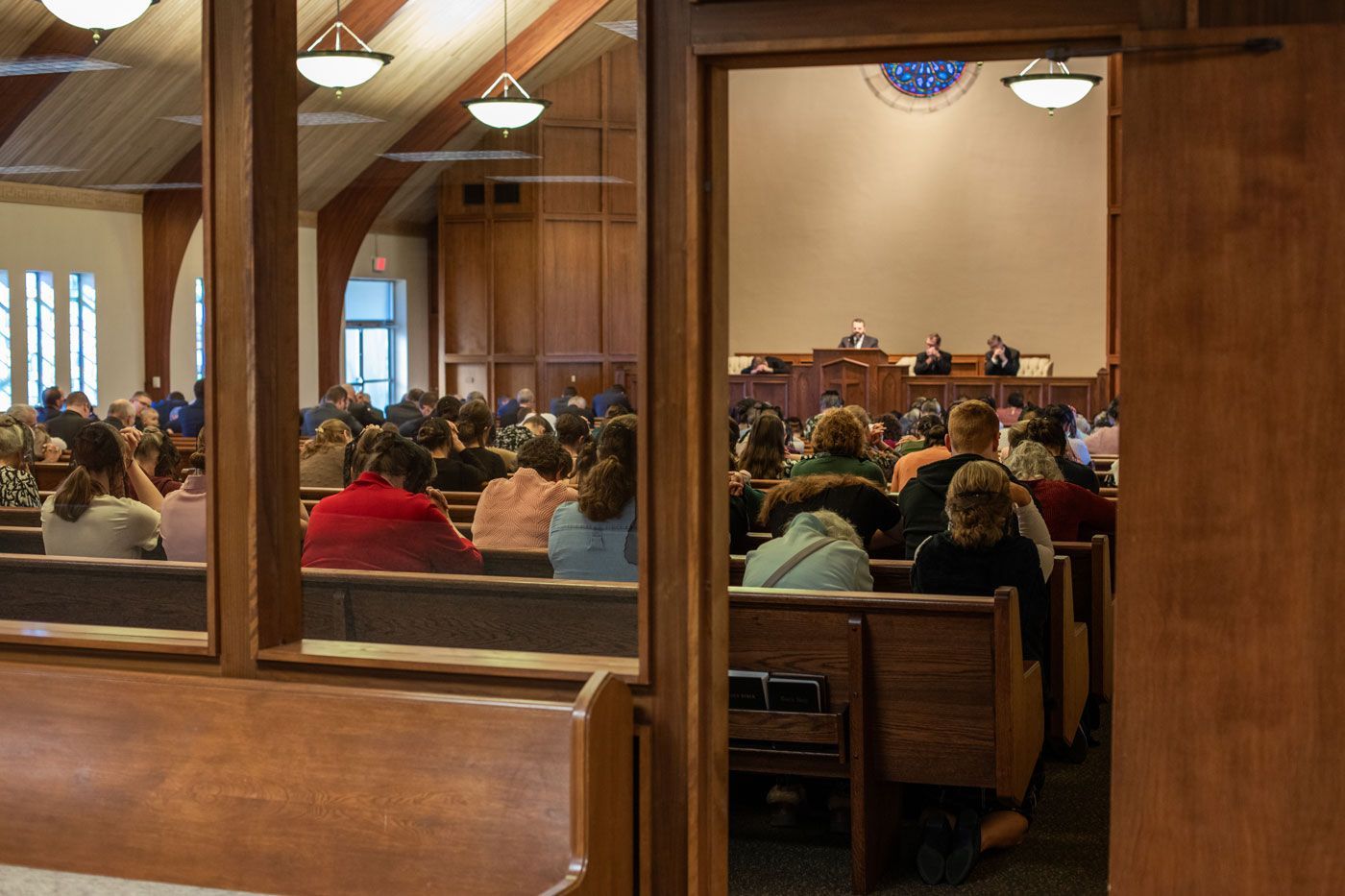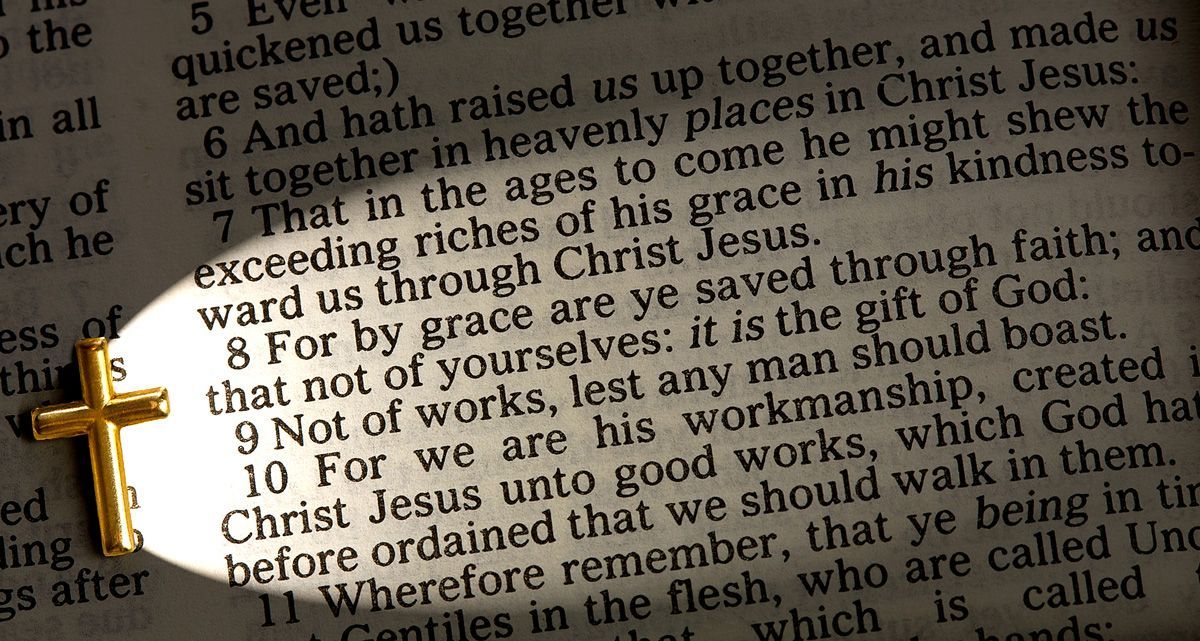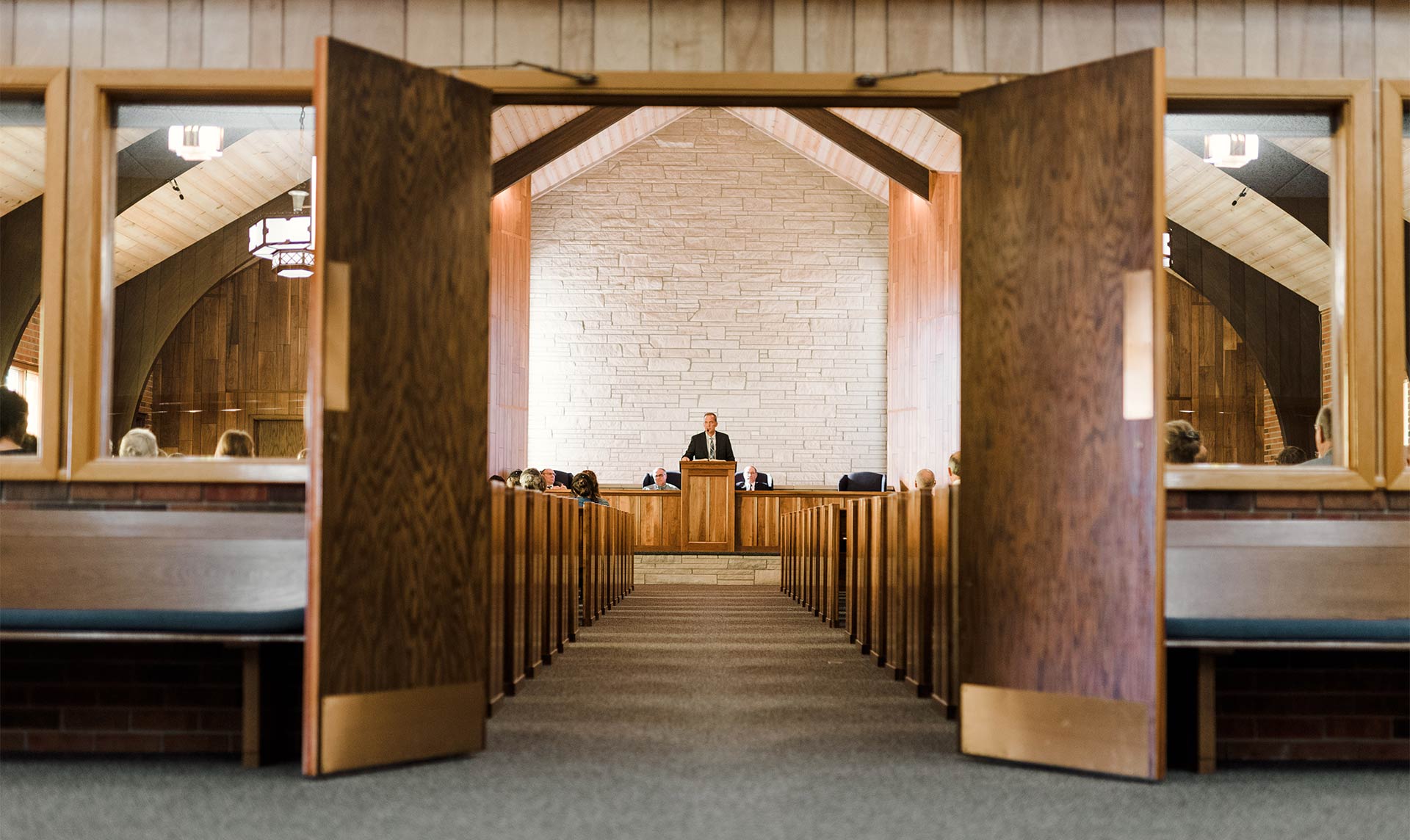Reverence in Prayer
“O come, let us worship and bow down: Let us kneel before the LORD our maker. For he is our God; And we are the people of his pasture, and the sheep of his hand.” Psalm 95:6-7a

It is the long-held tradition of the Apostolic Christian Church to follow the Biblical virtue of reverence for God during prayer. Psalm 95 is an elegant example of that virtue. The psalmist begins by calling God’s people to worship with singing and “joyful noise.” God deserves such praise, for he is a great God and King. In recognition of his almighty power and glory, we are called by the Psalmist to approach him by bowing and kneeling before him in submission. He is our God, and we are wonderfully privileged to be his people.
Jesus Christ, God the Son, taught us reverential prayer through his word and example. He instructed his disciples to begin their prayers by hallowing the Father’s name, which means honoring the name of God as holy. Then we bring him our supplication.[1] This is divine exhortation to pray with reverence for our kind and holy heavenly Father. Jesus also taught reverential prayer by example. The author of the Book of Hebrews tells us that when Jesus was here “in the flesh,” he "offered up prayers and supplications with strong crying and tears unto him that was able to save him from death and was heard in that he feared.”[2] That last phrase can be translated “he was heard because of his reverence” for God. If God the Son speaks to the Father with reverence, what does that leave us but to do the same? We should also recognize that praying with strong emotions, even crying out with tears, can express reverence.
In contrast, some prayers are both reverent and speechless. In Romans 8, Paul acknowledges the suffering that creation experiences as we wait for the return of our Redeemer. Sometimes, life can seem to be so overwhelming we don’t even know what to say. But God the Spirit, who is within us, prays on our behalf to the Father “with groanings that cannot be uttered.”[3] In those moments, the most reverential way we can pray is to simply sit in silence, letting the Spirit communicate with the Father for us.
Obedient to such Scriptures and appropriately fearing the Lord, the Apostolic Christian Church has long taught, and continues to maintain, a firm commitment to reverential prayer. Samuel Froehlich believed that Jesus knelt in prayer, and he noted how in the Garden of Gethsemane Jesus fell on his face in prayer to his Father.[4] In another place, Froehlich spoke of how we worship in the Spirit “through prayer and adoration in holy reverence.”[5] It seems likely that his understanding of adoration and holy reverence was informed both by scripture and by his culture, both in language and in posture.
It is interesting to note that in German, Spanish, and many other languages, there are formal pronouns which show respect and familiar pronouns which indicate a closer relationship. In both German and Spanish Bible translations, God, the Father, is addressed using the familiar. Neither Greek nor Hebrew use special pronouns to express honor or reverence.
In the 1920s and 1930s, we moved away from using German in church and adopted the language of our American culture. The most common English Bible in the United States was the King James Version. At the time of the original KJV translation in 1611, people did not use “thee/thine” to express reverence. (Even the devil is addressed as “thee” in the KJV.) The KJV translators, following William Tyndale’s practice, used “thee/thine” to refer to a single person and “you/your” to refer to more than one person. Nonetheless, as “thee/thine” dropped out of common usage, people only heard this usage in church or when reading the KJV Bible or singing hymns that utilized KJV language. Such wording used primarily (almost exclusively) in Christian worship, came to be associated with reverence for God by some people. In this way, the English-speaking Froehlich churches in the United States (but not the Froehlich churches in Europe or in Latin America) became accustomed to treating “thee/thine” as reverential prayer language rather than continuing the German practice of our Froehlich ancestors, who referred to God with their more familiar German equivalents.
---------------------------------------------------- Continued portion below ----------------------------------------------------
As we consider this thoughtfully, recognizing the use of “thee and thou” in the King James translation had no connection to respect and honor, we do want to appreciate the value of precise translation. Using distinct pronouns helps us understand the scripture more clearly by indicating whether the speaker is addressing one person or more than one person. For example, in Luke 22 we read, “And the Lord said, Simon, Simon, behold, Satan hath desired to have you, that he may sift you as wheat: But I have prayed for thee, that thy faith fail not: and when thou art converted, strengthen thy brethren.”[6] Jesus was telling Peter that Satan desired to sift all the disciples as wheat – not just Peter. But he had prayed specifically for Peter to be able to maintain his faith and strengthen the other disciples.
We also express our reverence for God in prayer using other means. Brothers remove their hats and women put on head coverings, recognizing these biblical practices as ways of showing submission to God and his word. Even today we continue to kneel as a congregation for prayer, or we bow our heads in respect and close our eyes, signaling our intention to reverently focus on our communication with God. Many of us kneel by our beds for evening prayer. In times of great distress, some of us even fall on our faces before the Father, like Jesus did in Gethsemane.
The exhortation to pray reverentially has always been adapted to the physical postures and language current at the time. These practices have their roots in biblical teaching to approach God in reverence and respect, which we express in body and word, or even in groaning. As time moves on and we continue to experience changes in language patterns, more of us choose to express reverence in prayer with expressions of "you/yours" while others continue to utilize "thee/thou" to communicate reverence. This is a natural progression as it's been throughout history. Either way, we seek to "let all things be done in charity."[7]
Acknowledging this history, our Elder Body summarized it during the recent spring conference, affirming that our approach to God in prayer should always be reverential. The words used to reflect the reverence in our heart will vary by language (English, Spanish, Japanese and others) and over time as languages evolve. Such change has occurred in the English language, and we recognize that the pronouns “thee/thou” and “you/your” can all be used to express reverence in prayer and song. We observe an accompanying shift in practice in our churches and desire a peaceful, loving appreciation for each heart’s expression of reverence in personal and corporate prayer.
[1] Matthew 6:9
[2] Hebrews 5:7
[3] Romans 8:26
[4] Matthew 26:39. Froehlich reference: Meditations on the Epistles to the Hebrews, June 22, 1851, 178.
[5] Evidence, 55.
[6] Luke 22:31-32
[7] 1 Corinthians 16:14









